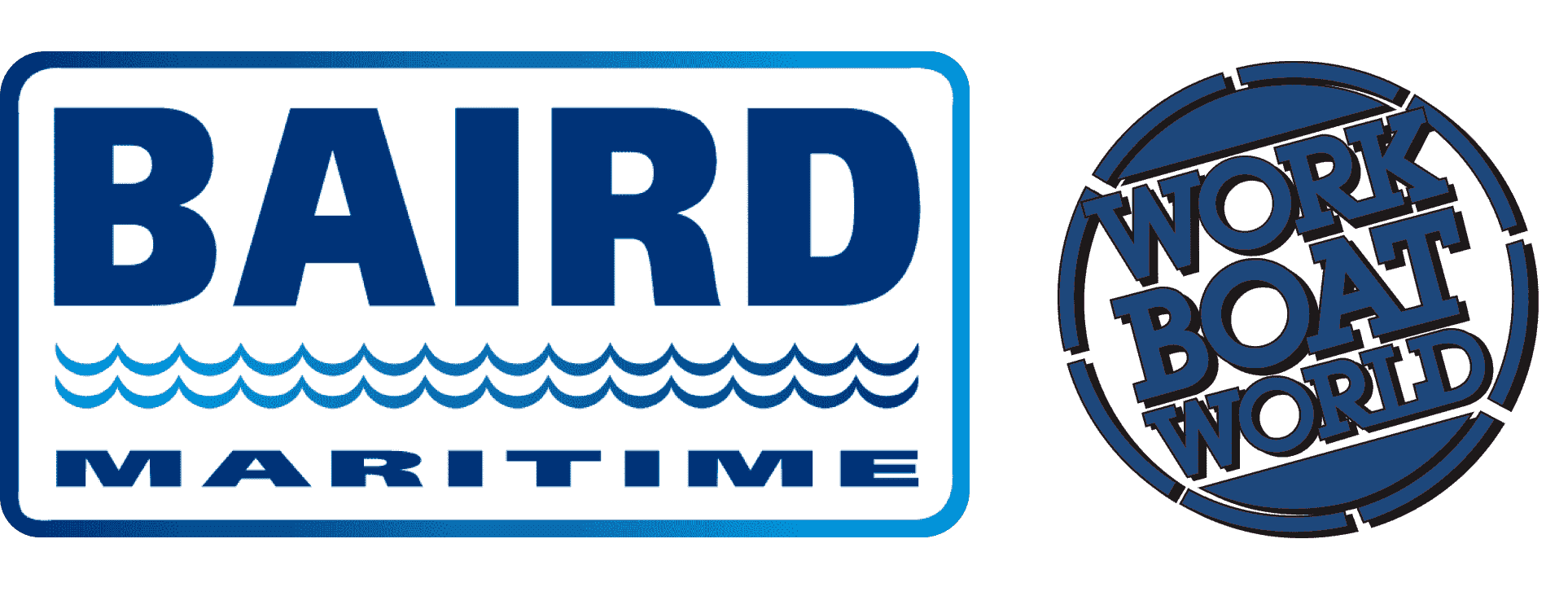VESSEL REVIEW | Athena – Italy's Bluferries welcomes hybrid newbuild to cross-strait Ro-Pax fleet
Greek shipbuilder Celt Navtecnica Maritime Services has handed over a new hybrid double-ended Ro-Pax ferry ordered by Italian transport company FS Logistix for operation by its Bluferries division.
The RINA-classed Athena was built to a design by Greek naval architecture firm CTE Perdikaris Engineering, Architectural and Technical Services.
Operating modes ideal for a range of sailing conditions
The newbuild has a length of 105 metres (344 feet), a beam of 18 metres (59 feet), a draught of 2.5 metres (8.2 feet), a gross tonnage of 4,100, and capacity for 400 passengers plus up to 125 cars or 22 trucks. Vehicles are transported on the main deck while the smaller upper deck features the passenger spaces, which can also be used by people with reduced mobility.
The ship is equipped with four azimuthing thrusters with each one connected directly to one 1,000kW (1,300hp) diesel engine and one 350kW electric motor. The electrical motors are connected to NMC batteries with an energy storage capacity of one MWh.
The vessel is energy-independent, featuring an advanced energy management system.
During navigation, the batteries can be charged through the electrical motors acting as shaft generators. The stored energy is used for hybrid propulsion, combining the diesel engines and the electric motors to supply power to the azimuthing thrusters and deliver a service speed of 14 knots.
When approaching port, the vessel operates on fully electric propulsion for zero emissions during all maneuvering, loading, and unloading operations. Additionally, solar panels fitted on board provide 25 kW of power, supplying all ship accommodation services.
According to RINA, the use of hybrid propulsion not only enhances environmental sustainability by offering zero emissions at port during loading and unloading operations but also reduces fuel consumption during navigation, ensuring reliable and efficient service for passengers.
FS Logistix said Athena can ensure 56 per cent fewer CO2 emissions compared to the oldest ships in the Blueferries fleet, and 13 per cent fewer CO2 emissions compared to non-hybrid sister ships Trinacria and Sikania.
Serving a vital transport route to and from Messina
The main engines are also able to run on a blend of diesel with up to 20 per cent biodiesel, and there is a freshwater system on board that reduces water consumption by more than 70 per cent, according to the company.
Athena currently serves the route between Messina in Sicily and Villa San Giovanni on the Italian mainland. The new ferry joins the double-ended vessels Enotria, Fata Morgana, Trinacria and Sikania and will transport heavy and light wheeled cargo as well as railway cars.


